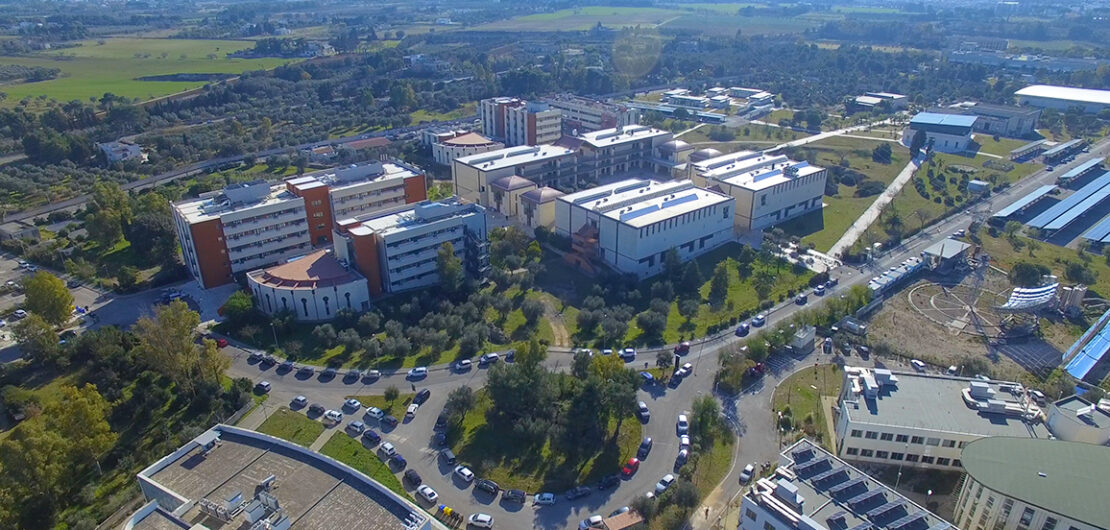 News
News
Extended Reality and Human Computer Interaction for Medicine, Cultural…
The research activity in medicine and surgery is focused on the use of Virtual and Augmented Reality technologies to support surgeons in the diagnosis, the preoperative planning and the intraoperative phase in minimally invasive surgery. In addition, the use of touchless interaction is being investigated to enable a simple and intuitive fruition of specific patient’s data in those environments, such as the operative theatre, where any contact with the devices should be avoided to provide aseptic interactions between computer systems and medical staff.
Another line of research concerns the use of virtual, augmented and mixed reality for the treatment of children with ADHD through game-oriented activities (serious games).
Software applications are being designed, also based on mixed reality environments and serious games, for monitoring and rehabilitating patients with motor problems using touchless devices for detecting postures and arm and hand movements.
The research activity in Cultural Heritage is investigating the use of Virtual and Augmented Reality technologies to recreate historic sites for educational purposes and showcase features at visitor centres. In particular, Virtual Reality allows opening up real places normally not accessible to people by providing a realistic computer-generated navigation and sense of presence.
Spatial augmented reality, also known as video mapping, turns a building into a display surface for video projection: it uses audio-visual language to tell the story of a building and its surroundings through animations and sounds.